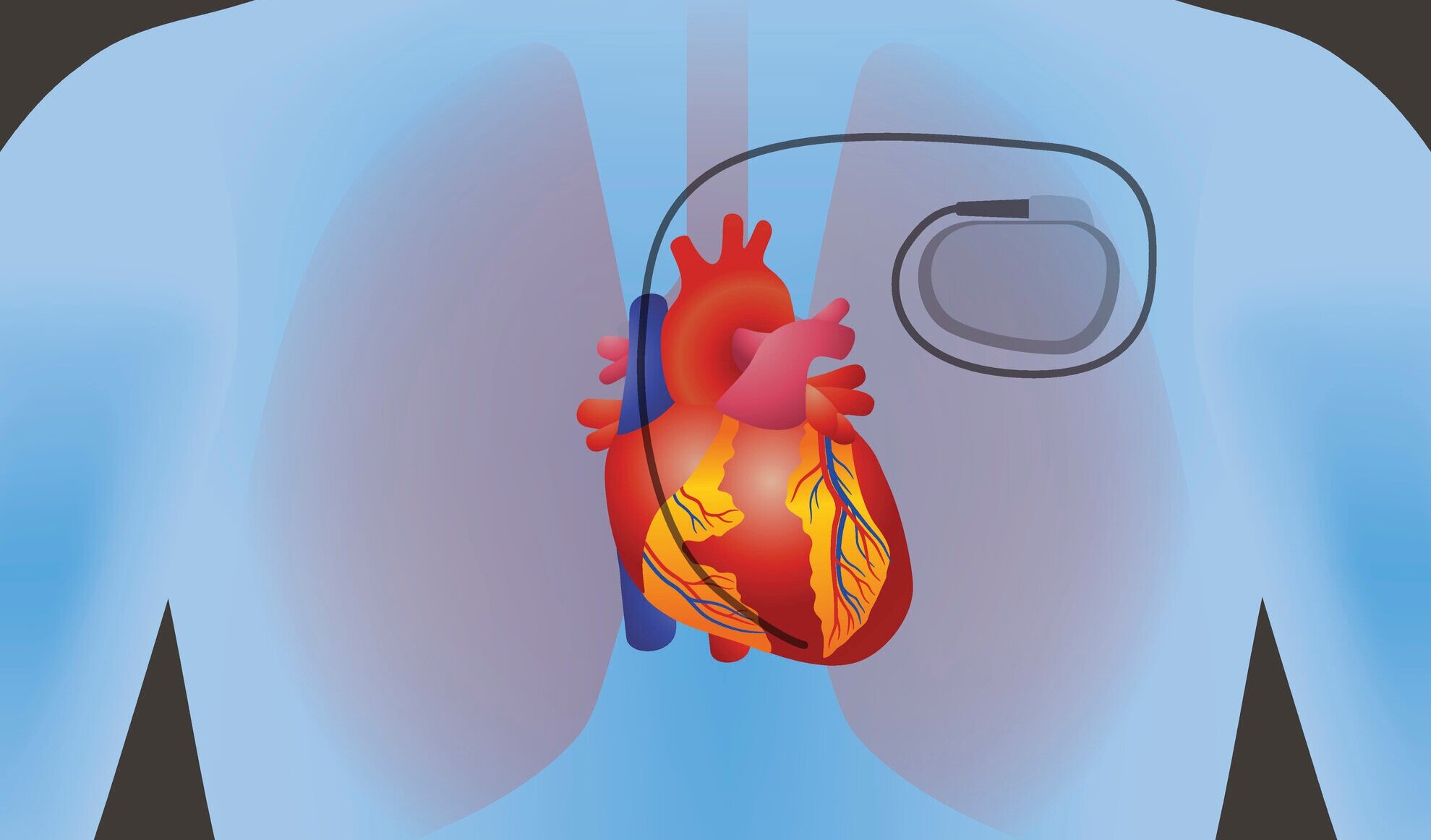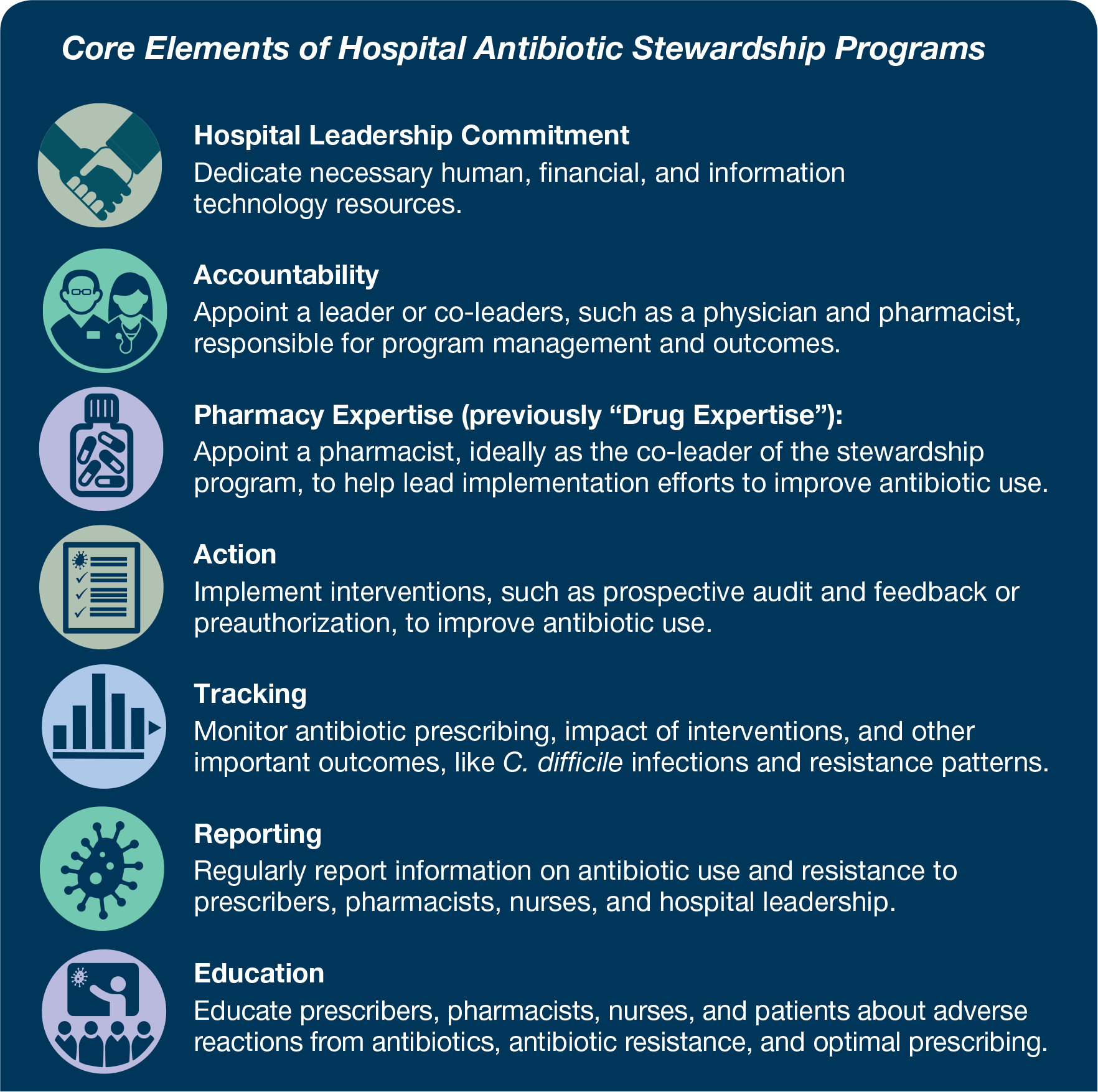A new report from the Centers for Disease Control and Prevention (CDC) indicates that healthcare-associated infections (HAIs) linked to medical device use are more likely to be antibiotic resistant than surgical site infections (SSIs).
The report, from the CDC's National Healthcare Safety Network (NHSN), was published in Infection Control & Hospital Epidemiology, the journal of the Society for Healthcare Epidemiology of America (SHEA).
Researchers analyzed data on patients at least 18 years of age from more than 5,600 facilities — most of which were general acute-care hospitals with fewer than 200 beds — gathered from 2015 to 2017. The devices studied were those used for a limited time, such as central lines, ventilators and urinary catheters, as opposed to implants.
Among the key findings, as noted in a SHEA news release: 48% of tested Staphylococcus aureus isolated from device-associated infections were methicillin resistant (MRSA) compared to 41% among those isolated from surgical site infections and 82% of tested device-associated Enterococcus faecium bacteria were resistant to vancomycin (VRE) compared to 55% percent among SSIs.
Other noteworthy findings from this report and a companion report on pediatric HAIs include the following:
Escherichia coli, Staphylococcus aureus and Klebsiella spp were the three most frequently reported pathogens associated with adult HAIs.
Staphylococcus aureus, Escherichia coli and coagulase-negative staphylococci were the three most commonly reported pathogens associated with pediatric HAIs.
Pathogens from long-term acute care hospitals are more likely to be antibiotic resistant than those acquired in general acute-care hospitals.
HAIs in adult healthcare settings are likely to be more resistant than those in pediatrics settings.
In the SHEA release, CDC epidemiologist and lead author Lindsey Weiner-Lastinger said, "These data show that the threat of exposure to bacteria that are resistant to antibiotics extends across the nation. The data also serve as an urgent call for healthcare facilities and public health agencies to intensify their efforts to prevent the emergence and spread of antimicrobial resistance."






